Pleco catfish - Hypostomus borellii
Scientific name: Hypostomus borellii
Common name: Pleco catfish
Family: Loricariidae
Usual size in fish tanks: 15 - 16 cm (5.91 - 6.3 inch)
014
Recommended pH range: 6.5 - 7.1
Recommended water hardness: 4 - 19°N (71.43 - 339.29ppm)
0°C 32°F30°C 86°F
Recommended temperature range: 22 - 25 °C (71.6 - 77°F)
The way how these fish reproduce: Spawning
Where the species comes from: South America
Temperament to its own species: peaceful
Temperament toward other fish species: peaceful
Usual place in the tank: Bottom levels
Overview
The Pleco Catfish (Hypostomus borellii) is a peaceful, bottom-dwelling species from South America. Known for their algae-eating habits and hardy nature, these catfish are popular among aquarists looking for efficient tank cleaners. They are best suited for larger community tanks due to their size and specific environmental needs.
Origin and Natural Habitat
Hypostomus borellii is native to the freshwater rivers and streams of Bolivia in South America. They thrive in slow-moving waters with plenty of submerged vegetation, driftwood, and hiding spots.
Appearance and Size
Pleco Catfish have elongated, armored bodies with a mottled pattern that helps them blend into their surroundings. In aquariums, they typically grow to about 15-16 cm (5.91-6.3 inches).
Tank Requirements
- Tank Size: A minimum of 150 liters (40 gallons) is recommended to accommodate their size and activity level.
- Water Parameters:
- pH: 6.5 - 7.1
- Water Hardness: 4 - 19°N (71 - 339 ppm)
- Temperature: 22 - 25°C (71.6 - 77°F)
- Tank Setup: Provide plenty of hiding spots using PVC pipes, driftwood, and caves. Subdued lighting will help mimic their natural environment and encourage activity during the day.
Temperament and Tank Mates
Pleco Catfish are peaceful and get along well with other non-aggressive fish species. Suitable tank mates include tetras, guppies, mollies, swordtails, rasboras, and other peaceful bottom dwellers like Corydoras catfish. They can also coexist with non-aggressive cichlids, such as keyhole cichlids or Bolivian rams.
Avoid housing them with overly aggressive or territorial species that might stress them out, such as larger cichlids (like Oscars), bettas, or fin-nipping species like tiger barbs. Fast, boisterous fish can also cause unnecessary stress and competition for food.
Feeding and Diet
Pleco Catfish are primarily algae eaters but thrive on a varied, balanced diet:
- Algae wafers and algal-based flakes
- Blanched vegetables like spinach, zucchini, and shelled peas
- Occasional protein supplements like bloodworms or shrimp pellets
They are most active during the evening, so it’s best to feed them at dusk or after lights out.
Sexing
Sexual dimorphism is minimal in Hypostomus borellii, making it difficult to distinguish between males and females in captivity.
Breeding
There are currently no well-documented cases of Hypostomus borellii breeding in home aquariums. In the wild, they are believed to be egg scatterers, depositing eggs among dense foliage and submerged structures. Breeding in captivity may require replicating natural conditions closely, including water flow, temperature changes, and specific hiding spots.
Lifespan
With proper care, Pleco Catfish can live for over 10 years in captivity, making them a long-term commitment for dedicated aquarists.
Conclusion
The Pleco Catfish (Hypostomus borellii) is an excellent choice for aquarists looking to maintain a clean, algae-free aquarium while adding a peaceful, interesting species to their tank. Their hardy nature, combined with their calm temperament, makes them suitable for both beginner and experienced fish keepers. With the right environment and diet, these catfish can thrive and become a valuable addition to any freshwater setup.
Pictures
Bought by aqua-fish.net from jjphoto.dk.
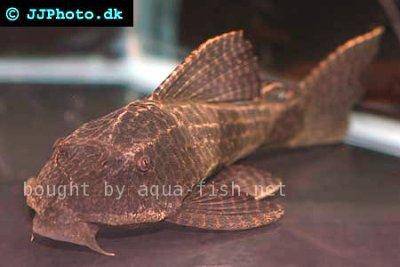


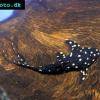 Adonis
Adonis 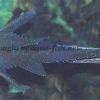 Lyre
Lyre 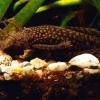 Bristlenose
Bristlenose 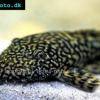 Gold
Gold  Bushymouth
Bushymouth  Spotted
Spotted 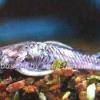 Medusa
Medusa 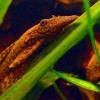 Bristlenose
Bristlenose 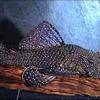 Starlight
Starlight 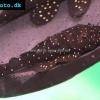 Spotted
Spotted 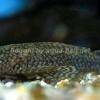 Catfish
Catfish 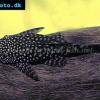 Bushynose
Bushynose 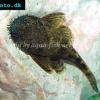 Bristlenose
Bristlenose  Green
Green 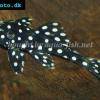 LDA-33
LDA-33 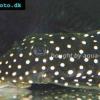 Snowflake
Snowflake 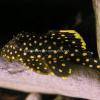 Gold
Gold 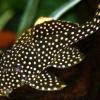 Gold
Gold 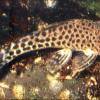 Bulldog
Bulldog 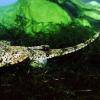 Dasyloricaria
Dasyloricaria 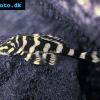 Butterfly
Butterfly 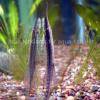 Whiptail
Whiptail 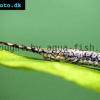 Amazon
Amazon  Twig
Twig 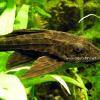 Spotted
Spotted 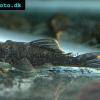 Spotted
Spotted 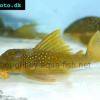 Lemon
Lemon 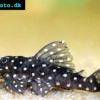 Pleco
Pleco 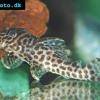 Peruvian
Peruvian 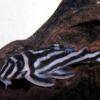 Zebra
Zebra 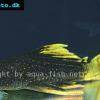 Hypostomus
Hypostomus 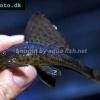 Pleco
Pleco 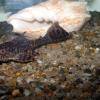 Suckermouth
Suckermouth 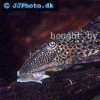 Spotted
Spotted  Woodeating
Woodeating 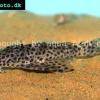 Golden
Golden 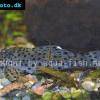 Sultan
Sultan 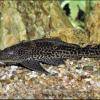 Multiradiatus
Multiradiatus 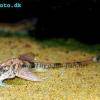 Marbled
Marbled 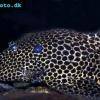 Pleco
Pleco 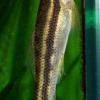 Dwarf
Dwarf 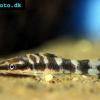 Dwarf
Dwarf 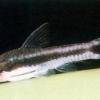 Dwarf
Dwarf 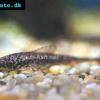 Oxyropsis
Oxyropsis 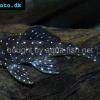 Orange
Orange 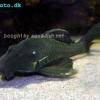 Blue
Blue 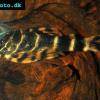 Clown
Clown 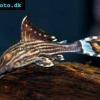 Royal
Royal 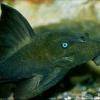 Blue
Blue 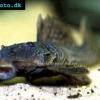 Rubber
Rubber 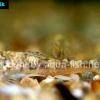 Goby
Goby 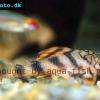 Wormline
Wormline 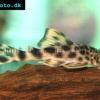 Para
Para  Tiger
Tiger 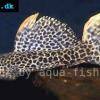 Leopard
Leopard 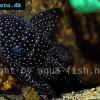 Spiny
Spiny 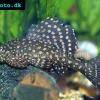 Marbled
Marbled 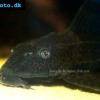 Amazon
Amazon  Common
Common 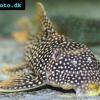 Sunshine
Sunshine 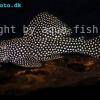 Golden
Golden